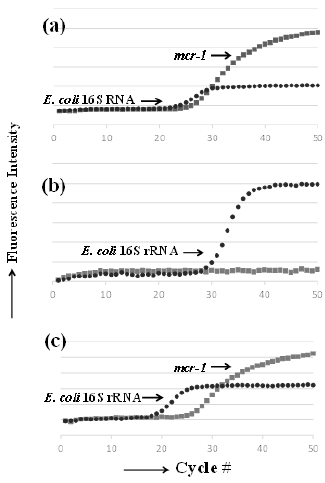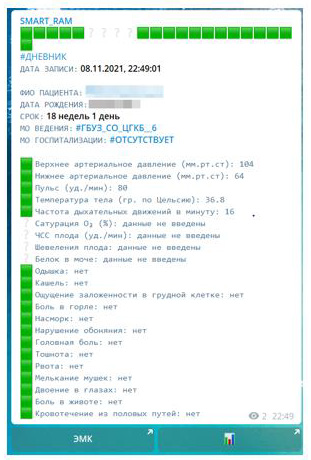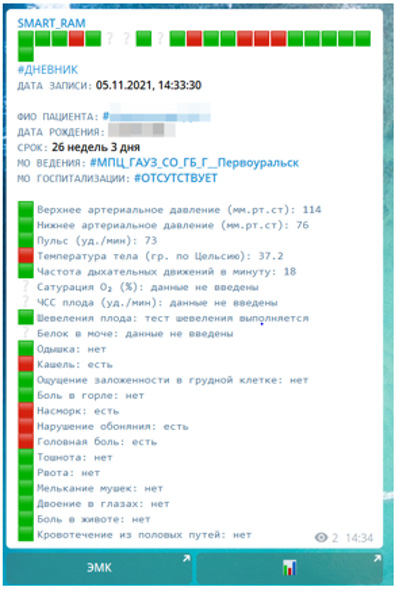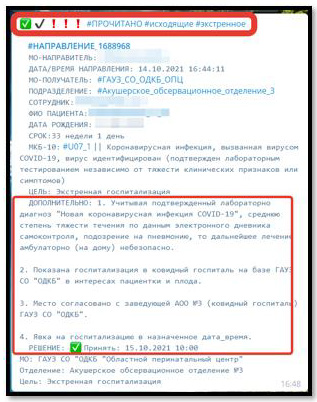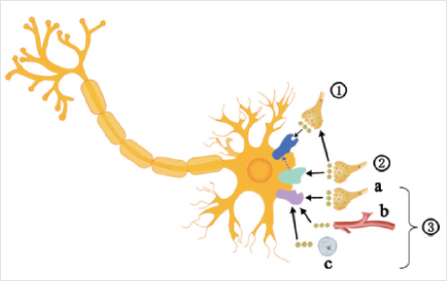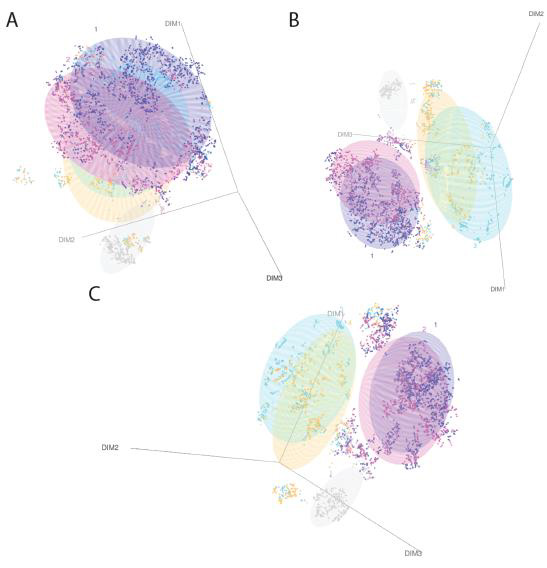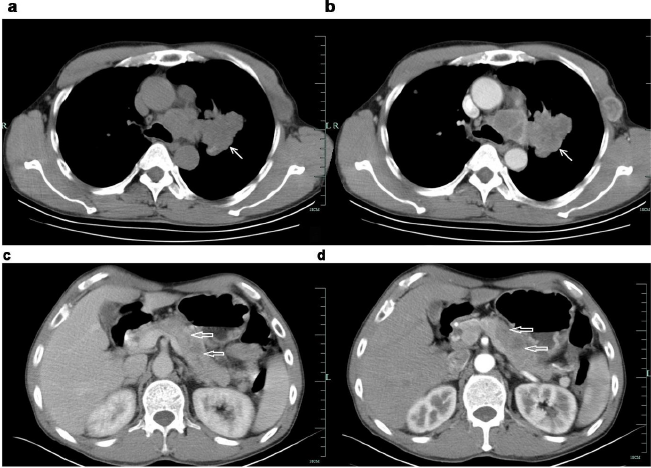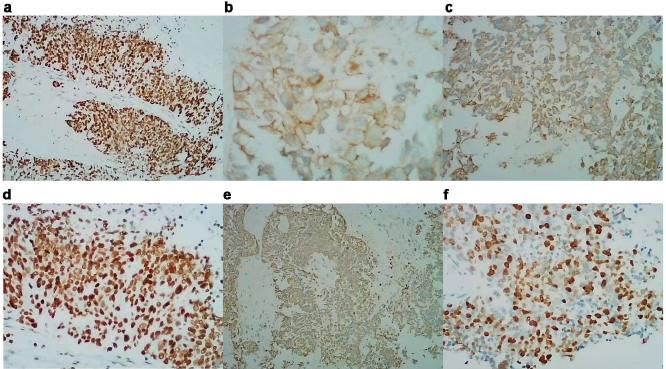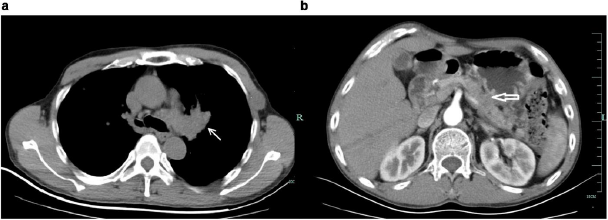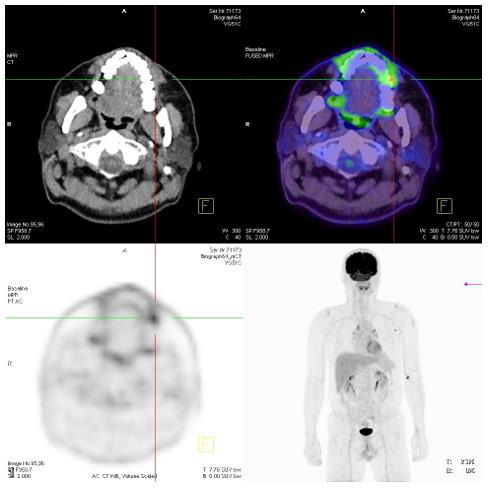The Cultivation of Creativity in the Classroom
Introduction
Conceptually, creativity is defined as the ability to produce a new work or idea based on imagination. Younger psychologists argue that creativity is not a special skill or ability of a few people, but rather is the result of special training and learning through specific processes, which enable each individual to activate inexhaustible forces of his mind [1]. Many view creativity as a tendency to activate or recognize alternative ideas or possibilities, which can prove useful in problem solving, in communicating with others, or even in the field of entertainment. Creativity according to others is to think outside the blueprints or frameworks, approaching new areas and achieving results, which are able to provide answers to problems that concern them [2]. In this process, a clear distinction is made between predetermined abilities. Of course, the first concerns creativity, learning ability and communication. The latter are directly related to production, economy, marketing, etc. Creativity therefore moves within an indefinite pattern and can be evaluated through different processes. Many also argue that creativity can be seen as a process by which new original and useful ideas are activated, which help to deal with everyday problems and challenges. But it is important to see human creativity as the art of the different in terms of thinking. But in order to formulate a definition that will be based on scientific data, it is important to do a historical review and to trace the way in which science used to deal with, and continues to deal with, the concept of creativity. But in order not to get lost in the vastness of the various sciences, we will approach it both as an object of psychological research and as an object of pedagogical practice [3].
It is a fact that creativity has preoccupied researchers and around the subject has developed a large bibliography that gives new dimensions to creative thinking and opens new perspectives. As a starting point for creativity, we refer to the discomfort Guilford posed to the American Psychological Society in 1950 over the way the scientific community approached creativity, which was listed in the international literature as an “American challenge.” This discomfort and Guilford’s concerns in general were the trigger for the development of a number of approaches to creative thinking [4]. The interest of scientists and researchers to deal with the creative thinking of man and the abandonment of the concept of the “divine gift”, gave a series of definitions which we present below in order to arrive at a more widely accepted definition, but also through management of the concept of creativity to be able to understand the nature of creative thinking and the structural principles that govern it. Guilford made a first attempt to define the concept, according to which “creativity covers the most characteristic abilities of creative individuals, which determine the probability for an individual to express a creative behavior, which is manifested by ingenuity, composition and design.” of course, this definition is simplistic, but some facts emerge that are then confirmed by researchers. This ability seems to be linked to certain personality traits.
These characteristics speculate if and how creativity will manifest. Creativity affects all individuals and is not a rare phenomenon only of gifted individuals [5]. “Differentiation between individuals is quantitative, a matter of classification, not qualitative.” Getzels and Jackson (1962) define creativity as the combination of those elements that are considered original and different [5]. They point out that creativity is one of the most valuable human possibilities, but it is difficult to examine it systematically. Lowenfeld and Brittain (1975) argue that creativity is directly related to who gives the definition. Thus, some psychologists distinguish as qualitative elements of creativity:
a. Flexibility of thought
b. The originality of the idea
c. The ability to think differently
d. How to solve problems.
Of course, here we have to contrast Einstein’s view, which argues that formulating a problem is more important than solving it. Piaget (1960) defines creativity as a process of problem solving, problem finding, exploration, experimentation, an intellectual energy that implies respect and thoughtful decision making. Torrance (1966) identifies creativity with the ability of the individual to face various problems, with sensitivity, originality but also with method and calm. Creativity according to Lee, Webberlen and Litt (1987) is a multifaceted phenomenon and every issue that arises is addressed through different processes. We must also cite the view of Bruner (1962) who defines creativity as an energy from which arises a special and effective surprise [3]. Freud (1972) defines creativity as an instinctive impulse that aims at creation but also correlates it with the impulse of destruction. Creativity can include shaping new systems, transferring familiar relationships to a different field, and shaping new correlations. Through the conceptual approach it follows that it is difficult to integrate creativity into a definition. We adopt what Davis (1992) states: “There are as many infinite definitions and ideas of creativity as there are people who have written their ideas on a piece of paper.” Of course, if we want to categorize the prevailing positions on creativity, we could mention:
a. The traditional view, which claims that there are a number of “intelligent”, “gifted” people, this category includes people with exceptional talent or some special skills that stand out from the rest and cite as examples personalities such as Mozart and Einstein and according to this creativity is not the same in all people, so it is not cultivated.
b. The modern view, which argues that talent is mainly the result of practice and hard work, and all individuals have the opportunity to reach a degree of creativity and the cognitive processes followed in the emergence of ideas are no different from every day and therefore creativity can be cultivated.
The nature of Creativity
Creativity is about observing known things, it is based on previous ideas - experiences and the search extends to something new or a different approach. Among the main reasons that drive creativity, we distinguish:
a) The need for an innate impulse inherent in the human mind for something new.
b) The communicative need for exchange of ideas.
c) The human need to solve problems and create new ideas.
The human brain is the one that plays an important role in every creation, whether it is associated with human survival and the construction of the first tools, with mental functions, with artistic creations or even with the confrontation of everyday human problems. Creativity does not start with zero states [6]. It can be built on pre-existing knowledge or experiences. In the nature of creativity, we must mention an important element that runs through the whole process. It is the element of imagination that enables people and much more children to successfully process everyday situations and develop their creative abilities [6]. Imagination and creativity could be said to move in parallel and are interconnected. Of course, we must emphasize that creativity does not start from scratch, like the imagination, in the sense that the pre-existing elements that are inscribed in the consciousness help to create new representations in the form of images or ideas. This begs the question, are the representations of memory the same as the representations that exist and are recorded in the imagination? Their difference is more in the form and not in the content. It is important to point out that there is a danger in childhood that the imaginary will become an extension of reality.
The Evaluation of Creativity
Evaluation is the stage at which an account of what has been produced is made. It is an important stage in the whole process through which the ideas produced are evaluated [7]. Without it, the process would be “incomplete”. Furthermore, every evaluation of ideas has basic principles, such as: “it is a continuous process, it must be done for all ideas, it must have the meaning of collectivity, it must be objective, and it must be a guide for further paths” [8]. It is suggested that the convergent thinking be evaluated separately from the divergent one in order to understand the differences. Evaluating creativity is important for the following reasons:
a) It contributes decisively for the younger generations to show their abilities and to take advantage of their inclinations and interests.
b) It is a determining factor and a steady step towards selfknowledge.
c) It prepares future generations to adapt to the rapid changes that are taking place” [8].
Creativity is not an objective feature, because we have the ability to use indicators to evaluate the creative possibilities through which objective determination is achieved. We should mention that there are no surefire ways to guarantee the reproduction of innovative ideas. Source inspiration does not fall into measurement scales. Of course, there have been references to specific brainstorming processes, but the issue remains open, as discussions persist in the qualitative dimension, which is not measurable [9].
Evaluation Methods
From the search in the foreign language literature regarding the methods of evaluation of the creative inclination and ability, we have distinguished numerous and flexible methods that enable the evaluation. Of course, we should point out the research controversy in the scientific community regarding the evaluation of creativity [10]. Hocevar in a thorough review of creativity presented key points - axes used in creativity studies:
a. Convergent thinking exercises.
b. Divergent thinking exercises.
c. Recording the behavior and interests of individuals.
d. Recording of special personality elements.
There are other ways to measure creativity, such as:
1. Plot titles: here the participants are given the plot of a story and asked to come up with original titles.
2. Quick reactions to word associations: this is where unusual answers are scored.
3. Conception of shapes and forms: here are presented simple drawings of people and objects and they are asked to find common properties and characteristics in two or more paintings. Scoring is again based on unusual answers.
4. Unusual uses: here are given everyday objects, e.g., a toothpick and unusual applications are required.
5. Remote correlations: here participants are asked to create a new word from two other simple ones.
6. Distant effects: this calls for the activation of a list of consequences of unexpected events.
7. Creativity can also be calculated based on the response to a variety of test scenarios, such as:
8. The expression of ideas: the ability to easily develop a variety of reasoning and correlations, when presented with a simple word or image.
9. The combination of ideas in a new way: the development of a wide range of innovative approaches and solutions, when we are asked to explore new possibilities for an ordinary simple object of our daily life (eg a brick).
The emergence of new benefits for existing ideas: the activation of original ideas or solutions based on pre-existing ideas. Investigation: the ability to process an idea in order to make it practically functional. Focus and distinction: identifying the most important elements of an idea and then approaching them in an effort to solve a problem while simultaneously evaluating the difficulties. Perspective exchange: the ability to suggest ways to view and solve a problem in the light of different perspectives.
Children and Creativity the Cultivation of Creativity in the Classroom
Teachers should review the teaching practices they apply in order to be able to judge the extent to which they have been able to instill in students a creative way of thinking. Some ways to boost creativity by teachers are:
Enhancing divergent thinking:
a) Allow the teacher to ask questions of the student.
b) Be educationally receptive and sensitive to the problems faced by students.
c) To make the children realize the maximum importance of the questions, but also not to be afraid to trust their senses.
d) Problems should not be presented simply but discovered.
e) Attempt to try a second Tuesday etc. to find a solution to each problem.
f) The taught subjects of the courses to be examined from different angles.
g) To convey to the students the message that they should not rest on the first correct answer they will give.
h) In general, is there anything going on in the school that could be part of the concept of divergent thinking?
i) In any case, Learning should not be a mechanical storage of knowledge from textbooks and teachers.
j) Existence of motivation and encouragement:
k) Students’ questions should be accepted by teachers so that they can then develop.
l) Children’s curiosity to be supported and additionally provoked.
m) Opportunities for self-directed learning should be provided.
n) The teacher appreciates and supports the personal interests of the student.
o) Unnecessary repetition of a theme should be avoided.
p) Receptivity to the new
q) The school should be not only a place of traditional teaching, but also of enjoyment, fun and challenge for spiritual adventures.
r) Teaching should convey the real world within the school.
s) As a place the school should be offered for the cultivation of imagination.
t) The school must be able to dispel stress and provide a sense of comfort and relaxation to the student.
u) The school must provide opportunities and opportunities for a subject to be examined in an experimental and at the same time pleasant way.
v) Finally, the uniqueness and individual personality of each student should be assessed, and a conservative attitude should not be imposed.
Cultivation of creativity must be an integral part of the educational process (Jullien, 2004). We emphasize that the cultivation of creative tendencies should not be pursued only within the framework of some ‘special hourly support programs that will be repeated at sparse intervals or at a predetermined time and place. The desire to cultivate such an important element must overcome all limitations and be systematically systematized, in every activity that accompanies school and extracurricular life.
Conclusions
Creativity is a multifaceted concept. Its special nature leads to the non-existence of a unified psychological theory that will explain and include all its dimensions. Many people still associate it with the arts and avoid associating it with other cognitive objects such as the sciences which are considered uncreative. They believe that creativity is a special feature of some people who are involved in the arts. The importance of creativity for art is very important but it is equally important in the sciences and in other cognitive areas that result from the composition of two areas. For example, the use of art in the natural sciences and vice versa. Today we have come to the conclusion that creativity is characteristic of every human being. All people can be creative as long as they are given the opportunity and find themselves in an environment where the conditions are right for them to develop and cultivate their creative skills. The development of creativity in the school context is important and there are specific ways to enhance and promote it that must be taken care of by teachers. The evaluation of creativity also plays an important role, which is a key factor in the course of children’s education at all levels of education.

